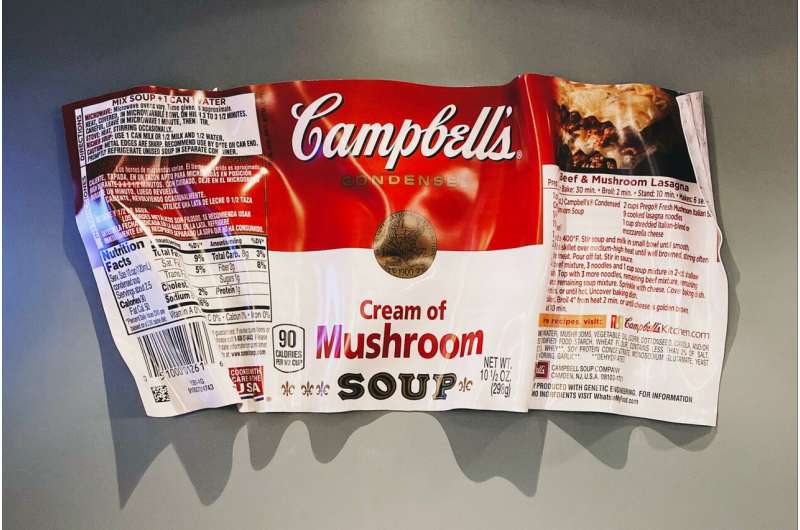Credit: Unsplash/CC0 Public Domain
When researchers evaluated consumers' understanding of allergy information on food labels, less than half of individuals found the information to be clear.
The study, which is published in Clinical & Experimental Allergy, involved two separate experiments with a total of 96 consumers with food allergies and 105 without. Investigators first randomly presented 18 different food products with labels suggesting peanut was, may be, or was not an ingredient, and then they presented three different formats of information: 'Produced in a Factory' and 'May contain' or 'Traces of'. Precautionary allergen labels (PALs) were especially problematic, with consumers attributing anything between 2% and 99% risk of a reaction and anything between 1% and 98% comprehensibility assessments. This suggests that precautionary statements such as 'may contain peanut' have little value for consumers and may lead to inappropriate dietary restrictions or risk-taking behavior.
"Also, many consumers interpret 'Produced in a factory' to reflect a weaker warning than 'May contain,'" said lead author Bregje Holleman, Ph.D., of Utrecht University, in The Netherlands. "From a communication perspective, it's logical for consumers to attribute different risk levels to warnings worded differently. But since producers probably mean to communicate the exact same level of risk with each of these different warnings, we advise to use only PAL wording."
More information: Bregje C. Holleman et al, Poor understanding of allergen labelling by allergic and non‐allergic consumers, Clinical & Experimental Allergy (2021). DOI: 10.1111/cea.13975
Journal information: Clinical & Experimental Allergy
Provided by Wiley






















